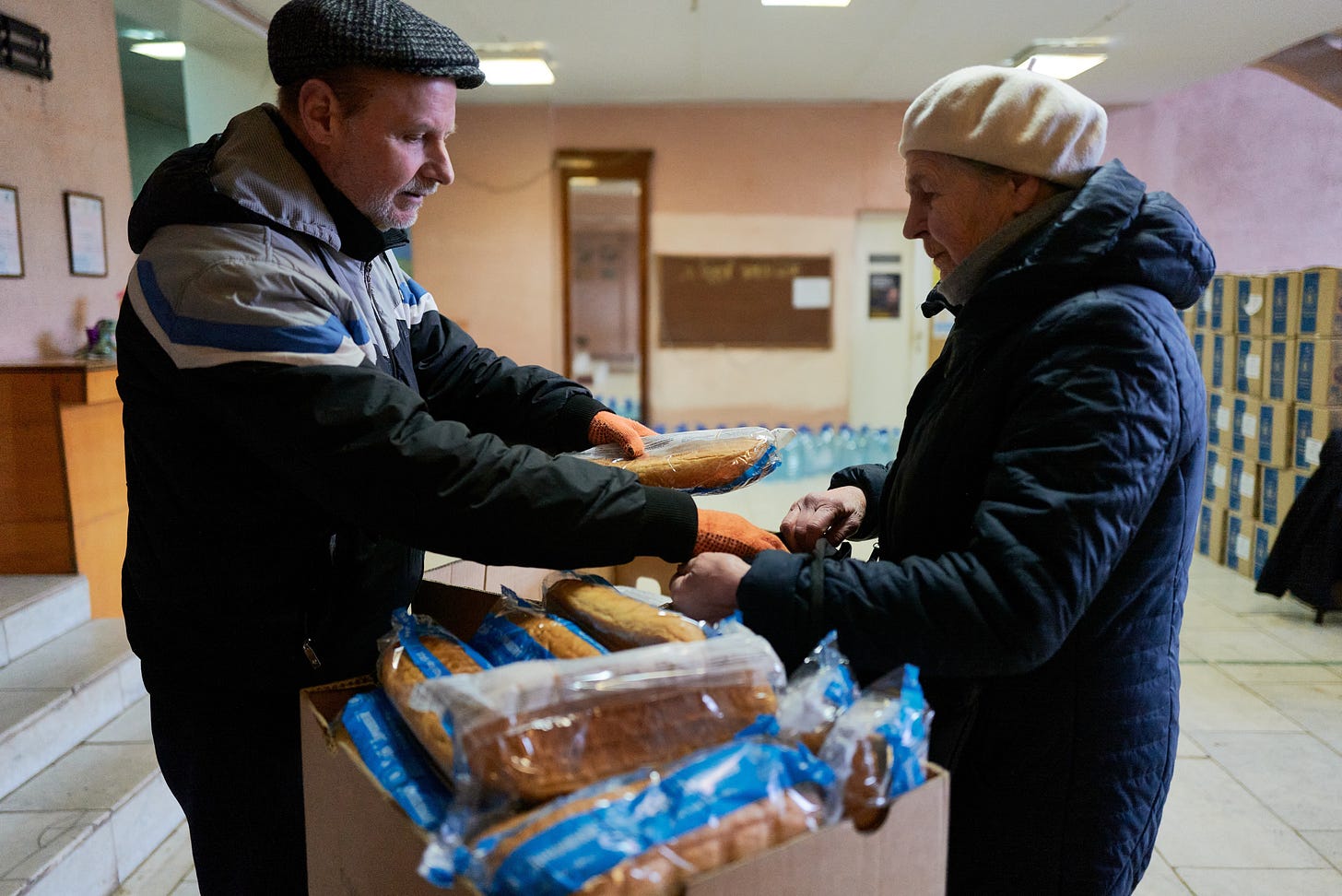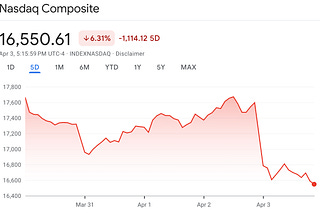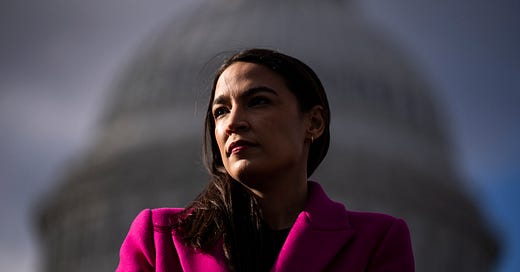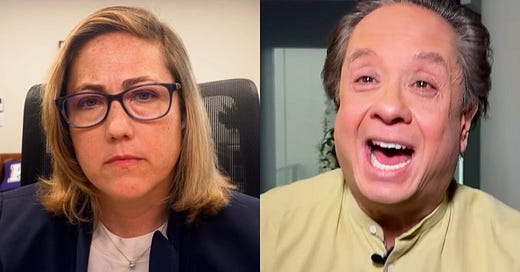
What USAID Really Did in Ukraine
Want to reform U.S. foreign aid or criticize its strategic importance? Start by getting the facts right.

AMID THE TIDE OF BILGE—lies, personal smears, conspiracy theories, and other drivel—offered by the Trump administration in the last two weeks as an alleged rationale for shutting down USAID and ending America’s decades-long tradition of foreign aid, one legitimate question stands out: How exactly is foreign aid in America’s interest? Or, to put it another way: How and to what extent do we benefit from spending money to improve conditions and better lives in other countries?
Consider USAID’s portfolio in Ukraine, which expanded sharply after Russia’s invasion in 2022—from $200 million in 2021 to $16 billion in 2023, adding up to some $35 billion in the past three years. USAID has served as the primary funnel for America’s nonlethal support for Ukraine, now the agency’s largest recipient worldwide.
The expansion of assistance to Ukraine originally enjoyed strong bipartisan support. According to a public “exit memo” by Biden administration USAID Administrator Samantha Power, the agency leveraged a three-to-one match by other donors, including the private sector and allied countries. Funding was spread across an array of projects, from humanitarian aid for elderly residents holding out in the rubble of ruined frontline cities to digital innovation designed to reduce corruption and keep government services running.
According to one unofficial analysis by the Ukrainian media outlet Word and Deed, the lion’s share of giving, $4.3 billion in 2024, went to economic development—to support small and medium-size businesses, promote exports, restore infrastructure, and create jobs. Humanitarian aid accounted for $637 million; democracy, human rights, and governance for $286 million. The remaining categories, much smaller, were health care, peace and security, and education and social services.
Trump and Musk’s stated reasons for eliminating the agency—reducing it from some 10,000 employees worldwide to a 300-person department under the thumb of the State Department—hold few clues to either man’s understanding of U.S. interests. They have hardly bothered to offer any evidence of wrongdoing, let alone arguments about policy. But reasonable people, including Republicans in Congress, aren’t wrong to ask just what we have at stake when USAID and other agencies spend what the Pew Research Center estimates to be nearly $72 billion a year on nonmilitary assistance to far-flung countries.
No doubt some MAGA supporters, and perhaps Trump and Musk, think the United States should spend nothing beyond its borders. It’s taxpayers’ money, after all, and goodness knows we have plenty of problems at home. And if that were so, it might make sense to “zero out” USAID, as Steve Bannon suggested last week. But the truth is that eliminating foreign aid would save very little—just 1.2 percent of the federal budget in 2023 if we had shuttered USAID and cut off all other sources of assistance.
A second, albeit still fairly limited understanding of U.S. interests focuses on problems that, if left untended, could eventually hurt us—especially if one considers immigration to the United States as a liability rather than an asset. By that definition, it makes sense to use American money, even in remote places, to limit the spread of polio and other contagious diseases, weaken terrorist organizations, and nip international migration in the bud by improving life on the ground in likely migrant-sending countries.
USAID did a version of all these things in Ukraine in recent years. Trump and Musk probably didn’t like the rhetoric that accompanied grants to reduce the spread of HIV—according to the agency, Ukraine had the second-largest epidemic in the region—or the rationale used to stop human trafficking. But our European allies—countries already home to 6.3 million Ukrainian war refugees—are surely grateful for what USAID has done to provide some 16 million people within Ukraine, including 7 million who had been displaced from their homes, with food, shelter, safe drinking water, and other emergency assistance. By helping Ukraine’s neighbors house refugees from the war, USAID helped ensure that fewer Ukrainians would look to the United States for refuge.
A third, somewhat broader conception of American interests abroad centers on global stability. This isn’t a value that ranks very high for either Trump or Musk. On the contrary, they thrive on chaos at home and abroad—or at least they seem to think they do. But would it in fact serve the United States if the government of Ukraine collapsed—or its energy grid failed, or its agricultural sector were destroyed? It isn’t hard to imagine the likely consequences of these developments—not just another flood of refugees, sure to number in the millions, but also starvation across Asia and Africa, which together accounted for more than 90 percent of Ukraine’s 2021 $3.7 billion in wheat exports.
USAID has been at the forefront of efforts to prevent all three doomsday scenarios. The top-ticket item in the agency’s wartime Ukraine spending has been support for the government in Kyiv. USAID combined its own funds with other U.S. streams to spend $29.9 billion for direct budget support—money used to cover a broad spectrum of needs from emergency services to salaries for frontline nurses. Aid to farmers and food exporters was second on the list, followed by what Power estimated to be $1.8 billion for energy assistance—primarily repairs to the electric grid targeted relentlessly by Russian missiles and drones.
But even if Trump and Musk are indifferent to these concerns—or the soft-power appeal of American political values—surely they see the point of maintaining business ties to one of the largest developing economies in Europe?
MANY PEOPLE THINK OF FOREIGN AID primarily as charity for people living in poverty, but part of the rationale has always been economic development, and support for free markets has played a growing role since at least the 1980s. Not only do freer markets raise the standard of living in the receiving country; they also, of course, benefit Americans who seek to invest in that nation and trade with it.
The share of the USAID Ukraine budget devoted to development shrank consistently after the full-scale invasion, from 96 percent of all aid in 2022 to 91 percent in 2023 to 80 percent in 2024. But it still dwarfs the other spending categories and remains almost seven times larger than the allotment for humanitarian aid.
Small and medium-size businesses have been a focus since the agency set up shop in Ukraine in 1992, just a year after it broke away from the Soviet Union. So has improving corporate governance at Ukraine’s giant state-owned enterprises. Among the most onerous Soviet legacies, these behemoths—often corrupt, wasteful, and poorly run—still accounted for 12 percent of employment as recently as 2021.
Arguably even more important for American investors is the business climate in Ukraine, and USAID has worked relentlessly for more than a decade to support reformers seeking to beat back corruption and strengthen the rule of law.
Virtually all the nonprofit organizations at the forefront of the fight against corruption have received support from USAID. The agency is a leading voice in the national debate about graft and inside influence, connecting activists, sponsoring conferences, and helping the public understand the dramatic changes that have taken place over the past decade.
USAID was also a major funder of two digital innovations that have done more than virtually any other reform to limit bribes and kickbacks. The first, in 2015, was the now world-renowned online system, ProZorro, that makes public contracting at the national and local levels fully transparent to the public. Then in 2020 came the Diia phone app, now used by more than half of Ukrainian adults to access every imaginable government service, cutting out the army of bureaucrats who once stood between them and the permits they needed for personal and business use.
CASE Ukraine, a think tank launched with USAID funding in the mid-1990s, has grown over the years with additional, project-based support into one the country’s premier economic reform groups.1 One early initiative focused on the exorbitant export costs stymying growth of an emerging IT services industry. Programmers faced fees to up to 20 percent on top of taxes—money levied by the government to pay for bloated bureaucracy and excessive regulation, including mandated notaries’ fees and ink stamps on contracts. CASE used USAID funding to develop new law and secure its passage—and today Ukraine is a leading global supplier of IT services.
CASE Ukraine Executive Director Dmytro Boyarchuk is impatient with the pace of reform to trim Soviet-era bureaucracy and strengthen the rule of law, but “without USAID and other similar donors,” he says, “even the slow progress we’ve seen would never have happened.”
Whatever Trump and Musk think about what the president calls the “radical left lunatics” who he believes run USAID, surely both men have their eyes on trade with Ukraine and investment after the war. If anything, the agency will be even more essential then—to protect U.S. interests as foreign investment pours in for reconstruction and American firms compete for customers from Ukraine’s highly educated, digitally savvy middle class. Certainly, no joint venture focused on extracting rare earth metals can hope to flourish unless the business climate is favorable.
Won’t it be ironic then to hear Trump and Musk complain about Ukraine’s remaining dishonest judges, its bloated customs service, or the lack of small and medium-size logistics suppliers—all items at the top of USAID’s agenda in the months before the agency was dismantled.
No doubt, some USAID grants were misguided. Some aid was wasted, and the agency could have used a top-to-bottom audit, along with a robust domestic debate about aligning our foreign aid with our policy priorities. But “killing it creates a huge void,” according to former Ukrainian Deputy Defense Minister Vitaliy Deynega. “It’s like in war, when you hold a position and you retreat, it’s very hard to come back—by then someone else has occupied the position. I have no doubt that Russia and China are now going to rush in to fill the void.”
Correction (February 11, 2025, 11:50 a.m. EST): As originally published, this sentence described CASE Ukraine as an “economic policy advisory project”; it has been clarified to better reflect that CASE Ukraine is now an independent nonprofit think tank.
















